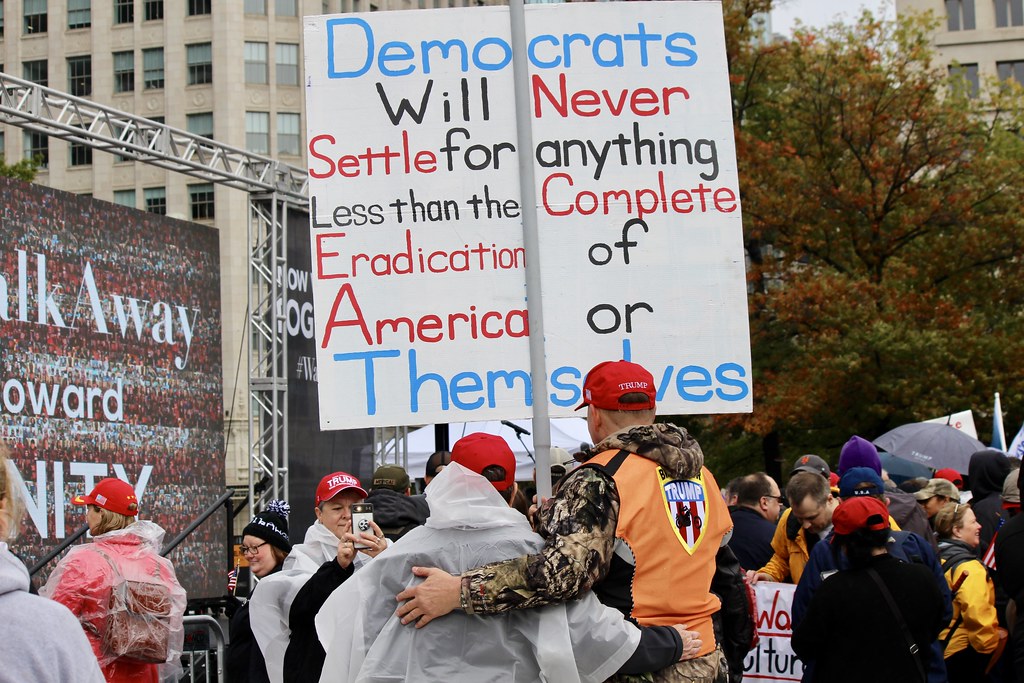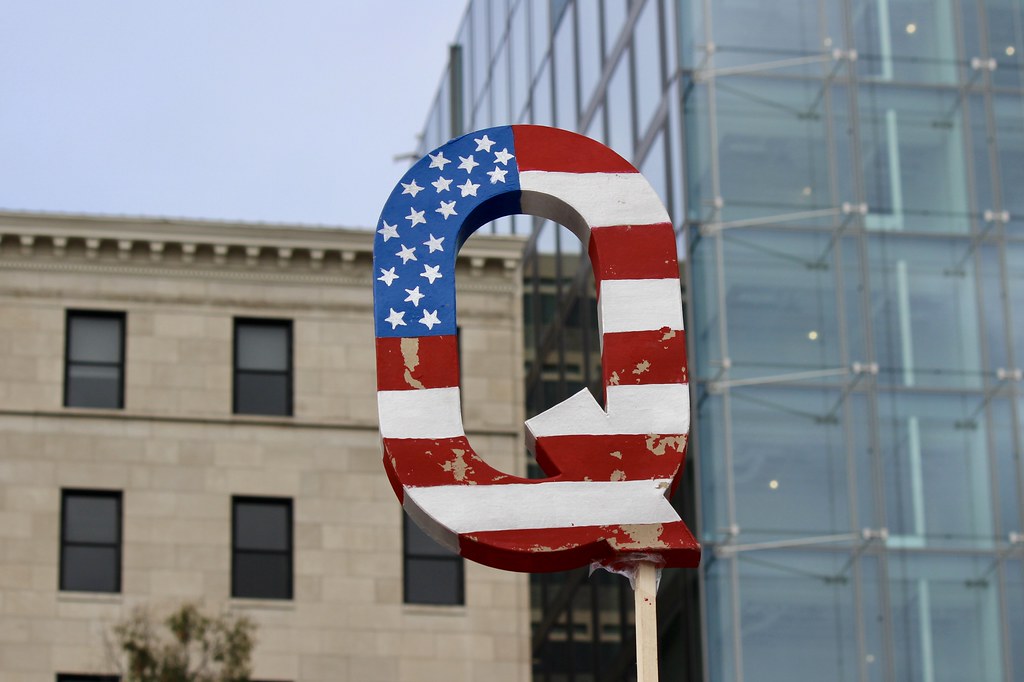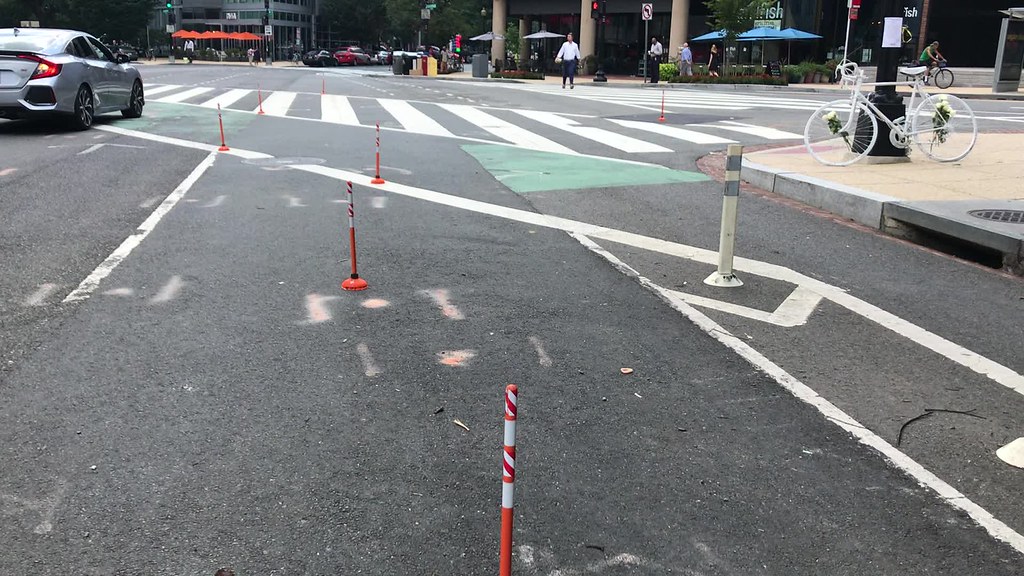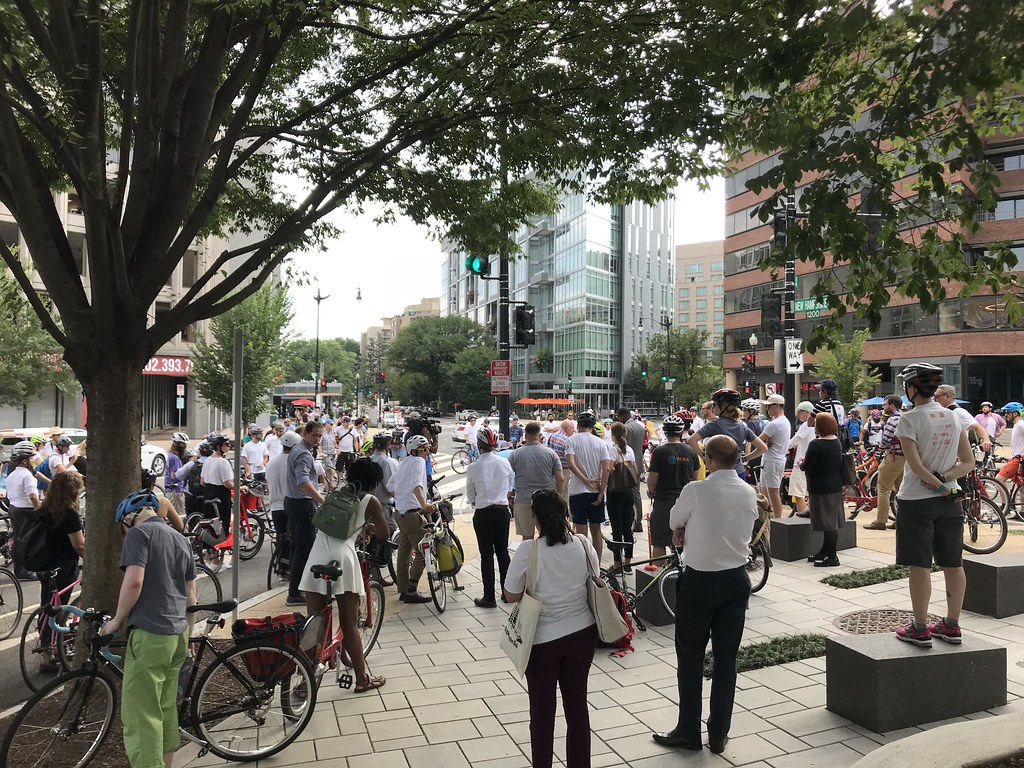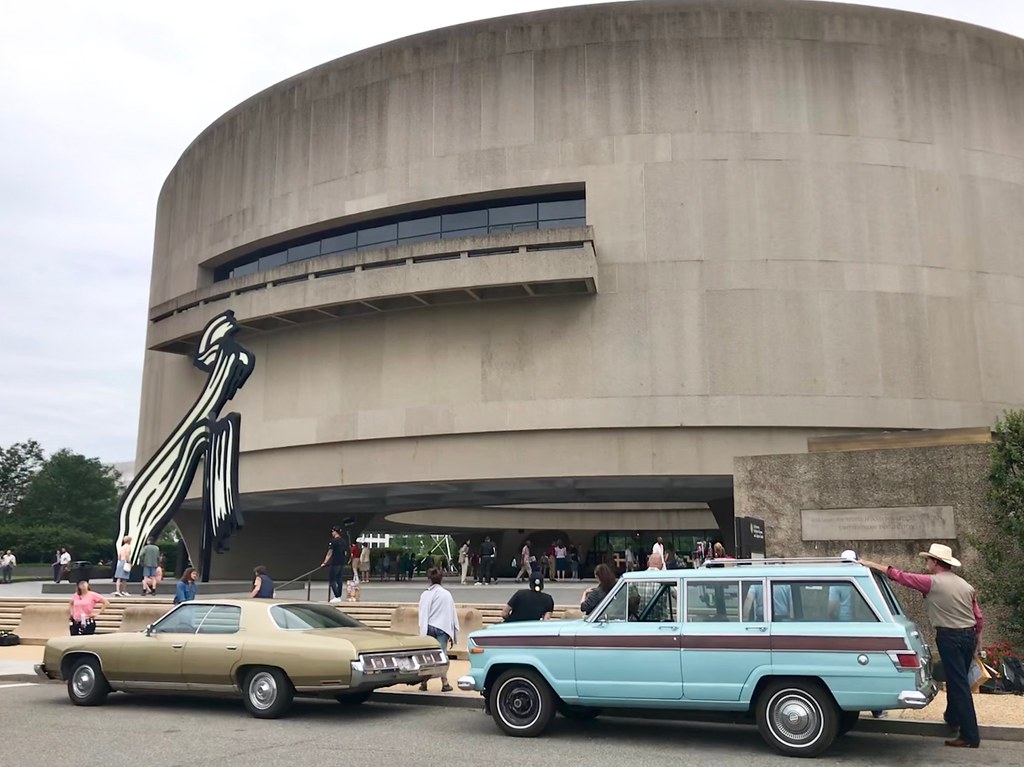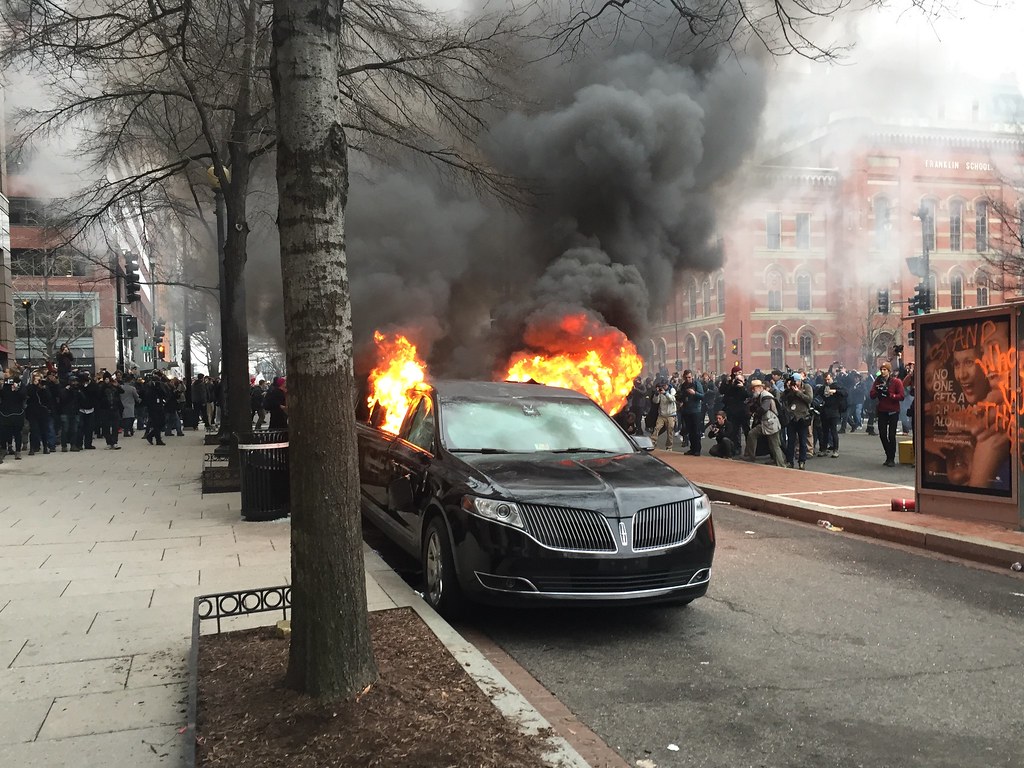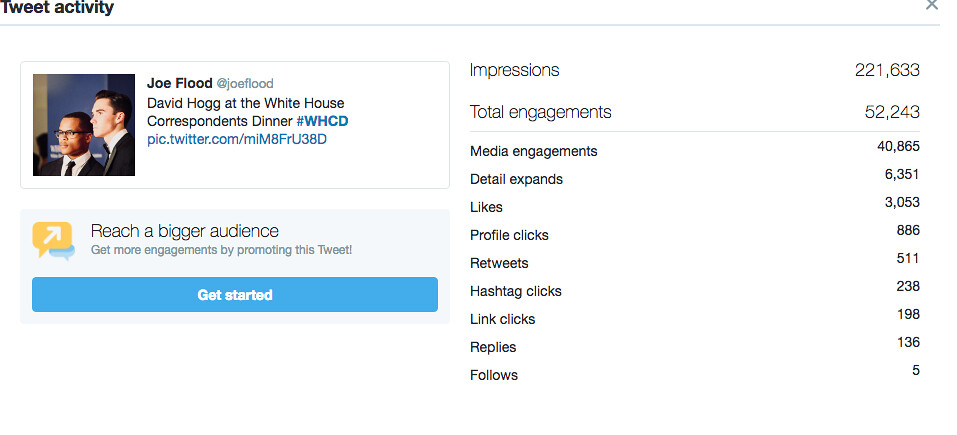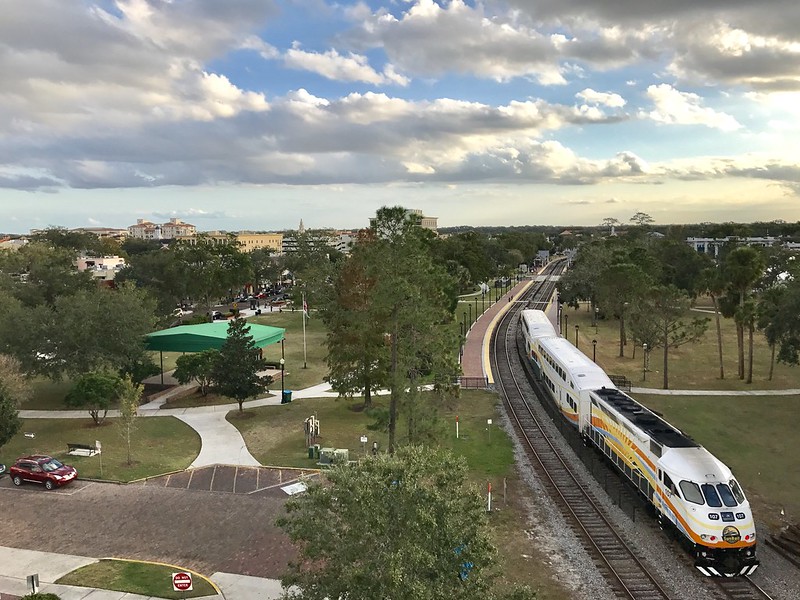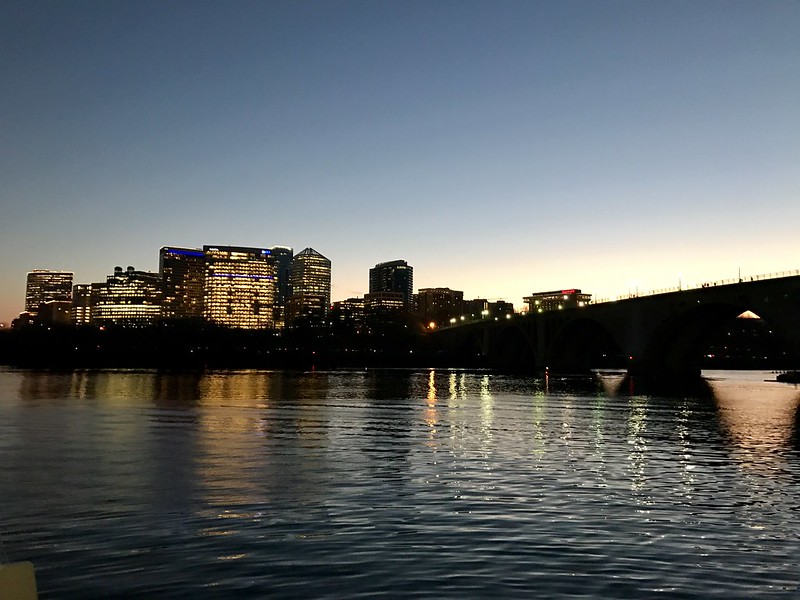On my way to brunch, I saw a pair of vultures.
They were in the middle of the street, fighting over a rat carcass. A car honked but they did not move, consumed by their struggle.
I’m a compulsive photographer. Not a day goes by where I don’t take a photo of something and share it on Instagram.
I loved Instagram when it first began. While there were similar photo apps, Instagram was a community, allowing me a look into the lives and visions of people around the world.
It was more than just an online app. I met great friends through InstagramDC, local photographers like me who share a passion for mobile photography.
It felt real. Excited by this new medium, people created images of things that meant something to them. They experimented. They grew.
You were excited when people you respected liked your photo, the heart providing a bit of virtual recognition.
The other apps fell away and Instagram exploded. Suddenly, it was not a niche tool used by insta-photographers but something that everyone had on their iPhone.
There were top ten lists in magazines. Who were the best Instagrammers in DC? Find out!
Companies ran contests. Take a photo, share it, and you could win a trip!
Marketing firms put together lists of influencers. Want to get the word out about your new restaurant? Reach out to these food photographers. Give them drinks and they’ll post photos of your place online.
I’m guilty. I went to those meals, bewitched by the chance to be cool.
The fun photo app that was Instagram became a marketing tool for big brands, a new way to get advertisements in front of eyeballs, a digital method to drive conspicuous consumption.
But this one was sneaky. We know how to ignore banner ads on web sites, glossy ads in magazines, commercials blaring during timeouts. But how do you ignore marketing messages that look like Instagram posts?
Is that travel photographer you follow being paid for her fabulous adventures? She gushed about a hotel. Is her post a paid ad or an uncompensated review?
Everyone got in on it, even me. I was a Brand Ambassador, paid to take day trips around the DC region. I loved it. Would do it again.
Enterprise CarShare followed the FTC’s Endorsement Guides, which required that I put #ad #sponsored on my post. Not every company is so scrupulous.
And would you notice a #sponsored in a hundred other hashtags? Social media marketing is virtually unregulated, with the difference between legitimate post and a compensated one nearly impossible for consumers to determine.
But that’s not the only deceit.
You see a beautiful plate of pasta on Instagram, bolognese bright against a white plate. What you don’t see is the time carefully arranging the noodles, wiping off the mess, setting up the tripod for the DSLR, softening the scene with a lightbox and then editing the photos in Photoshop.
Instagram is all about the likes now, an online popularity contest, the hell of high school duplicated in cyberspace.
In response to virtual rewards, we lie and present curated lives, our fears hidden by bright images of an idealized life.
“You have what I want,” someone told me. “You just ride bikes and drink beer.”
But that’s not true. Like much of America, I’ve had a lousy couple of years, a fact that I’ve largely kept to myself (I’m from the Midwest), my social media feed showing little evidence of crushing anxiety and depression.
One of the creators of Instagram quit the app, after seeing what Facebook did after purchasing the online photo service. Instagram become a celebrity-driven marketplace engineered to sap users’ time and attention at the cost of their well-being. The community she nourished from birth become merely another profit center for the online leviathan.
Facebook scaled Instagram and monetized it, filling it with ads and content that looks like ads, while committing unknowable violations of privacy and decency along the way, anything, even treason, to keep the Silicon Valley machine growing.
Instagram is a lie factory. The photos aren’t real, the users aren’t honest and the company deceitful.
Yet, I still use it and love it. Is this due to my passion for photography or the virtual rewards I receive? Is it about the photos or the likes?
I took a photo of a pair of vultures fighting over a rat carcass. I did not share it on Instagram. It did not fit my brand, my carefully curated life of bikes and beer.
The answer is there. Like millions of other Americans, Instagram to me is not about photography, it’s about the likes.

